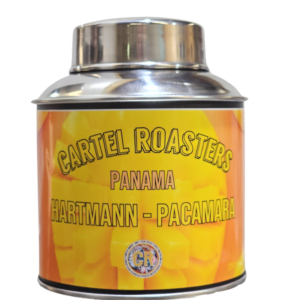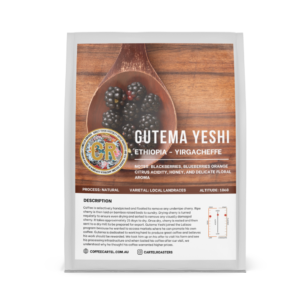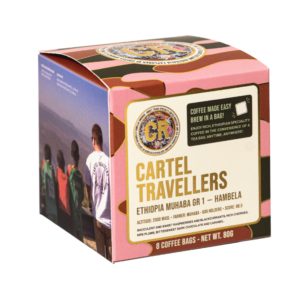About this coffee
- Altitude: 1600masl
- Farmer: VARIOUS SMALL HOLDERS
- Score: 88.5
- COUNTRY: COSTA RICA
FLAVOUR NOTES: A STUNNING ELEGANT YET TROPICAL COFFEE WITH A FINISH OF WHITE CHOCOLATE
Coffee took root in Costa Rica near the end of the 1700s. The Arabica coffee plant was first grown in Costa Rica’s Central Valley, where ideal growing conditions – including fertile soil, high altitude, and a cool climate – contributed to its success. Cultivation continued and the Costa Rican government soon realized the enormous economic potential of coffee. To encourage production, the government offered free land to coffee farmers in the 19th century. During this time, production skyrocketed.
By 1829, the revenue from coffee exports surpassed tobacco, sugar, and cacao. Coffee was initially exported to Panama and then to Chile, where it was rebranded under the name “Café Chileno de Valparaíso” and sent to England. In the mid-1800s, English captain William Le Lacheur Lyon sent hundreds of bags of Costa Rican coffee to Britain. It fell into the right hands and sparked a national interest in Costa Rican coffee. Indeed, until World War II England was the largest recipient of Costa Rican coffee exports.
Nowadays, Costa Rican coffee is prized as some of the world’s best and is shipped everywhere. Costa Rica is the 13th-largest producer of coffee in the world, churning out around 1.5 million bags every year. 90 percent of the coffee is exported, with the revenue accounting for around 11 percent of Costa Rica’s export earnings. Small farmers play a large role in this production—nearly 90 percent of all producers cultivate less than 12 acres (5 ha).
Costa Rica Exports about 51% of its coffee to the United States with various countries in Europe and Asia picking off about 5% here and there. In 2017 Costa Rica Produced about 1.2 Million bags of coffee.





